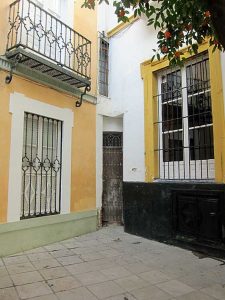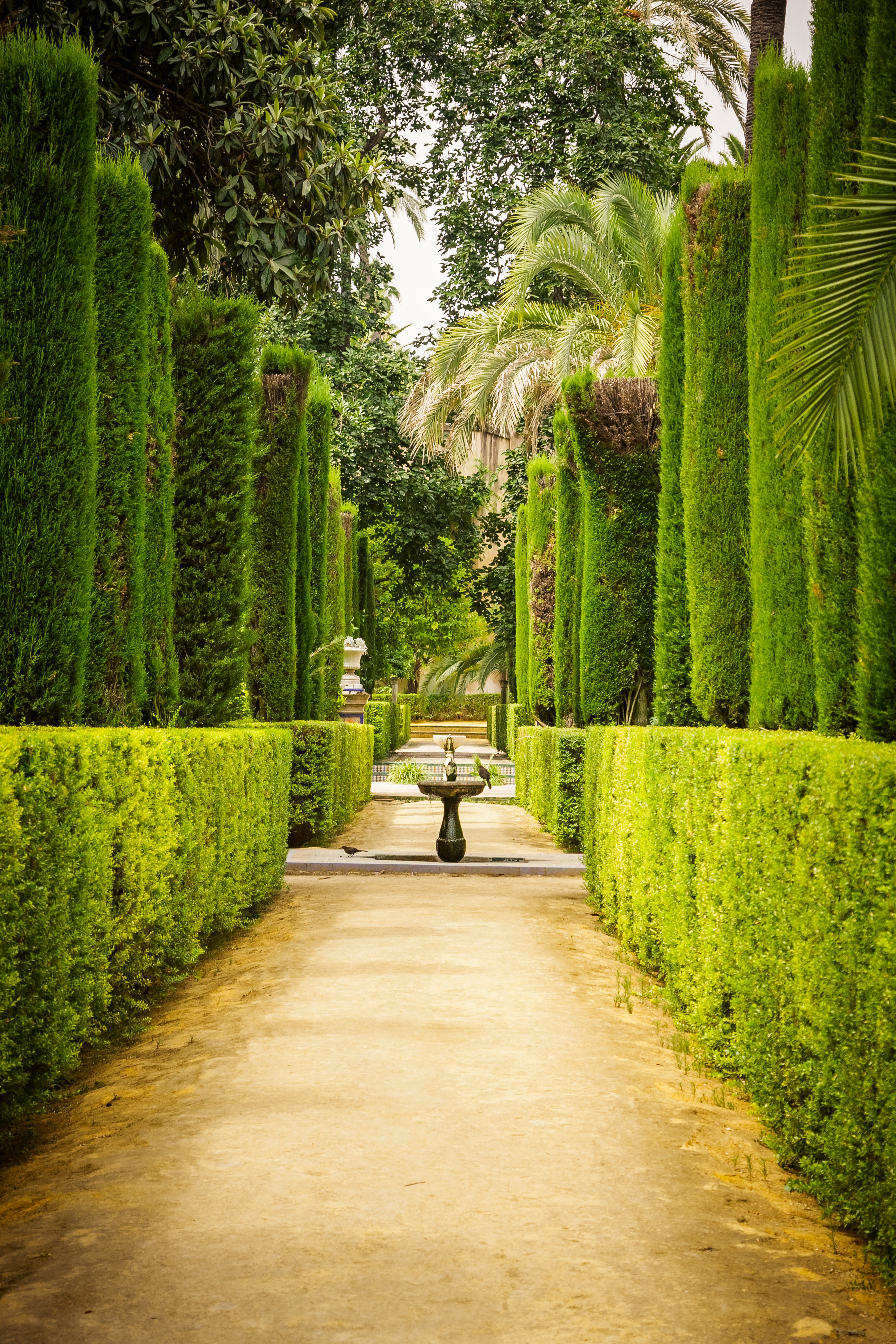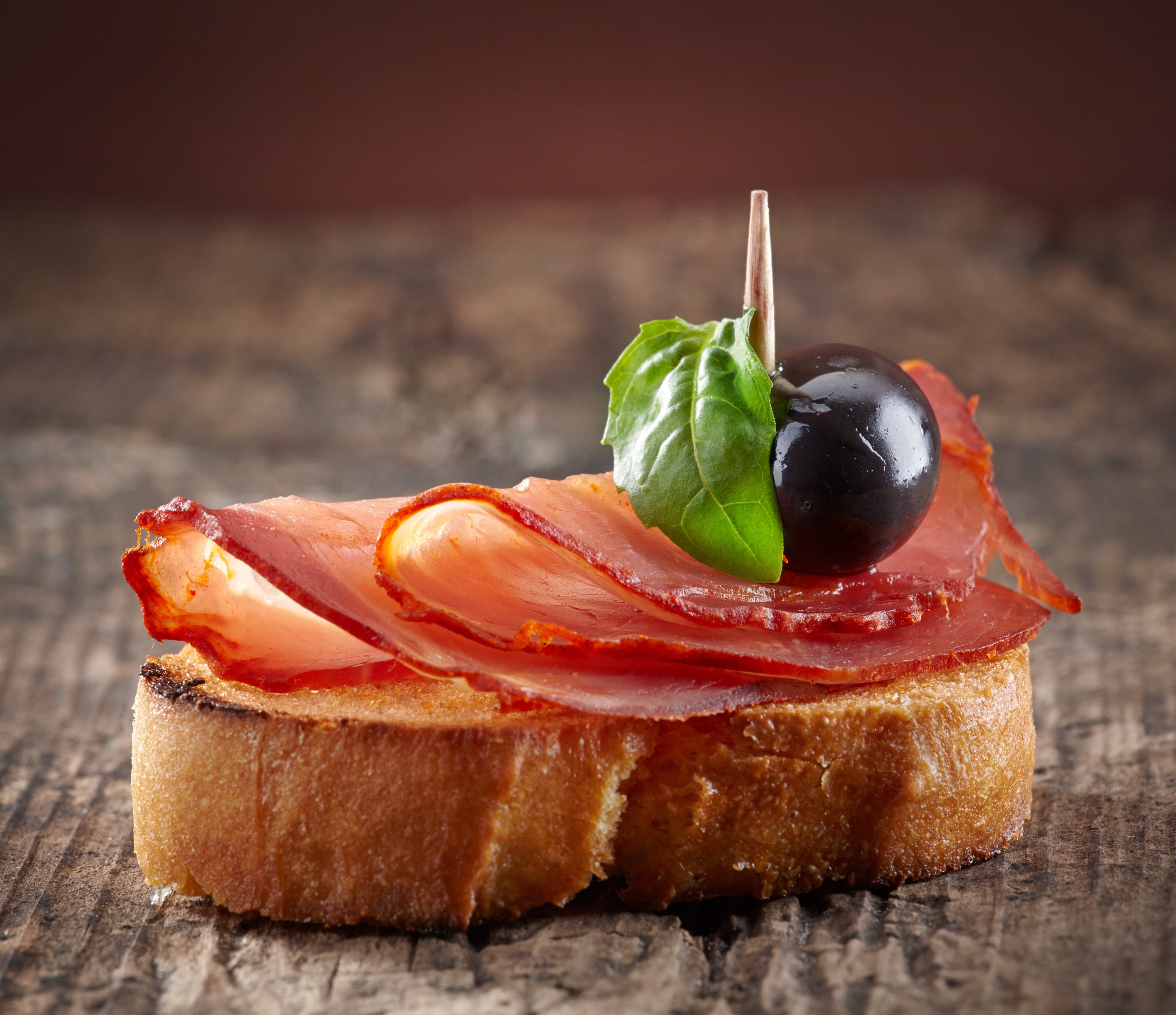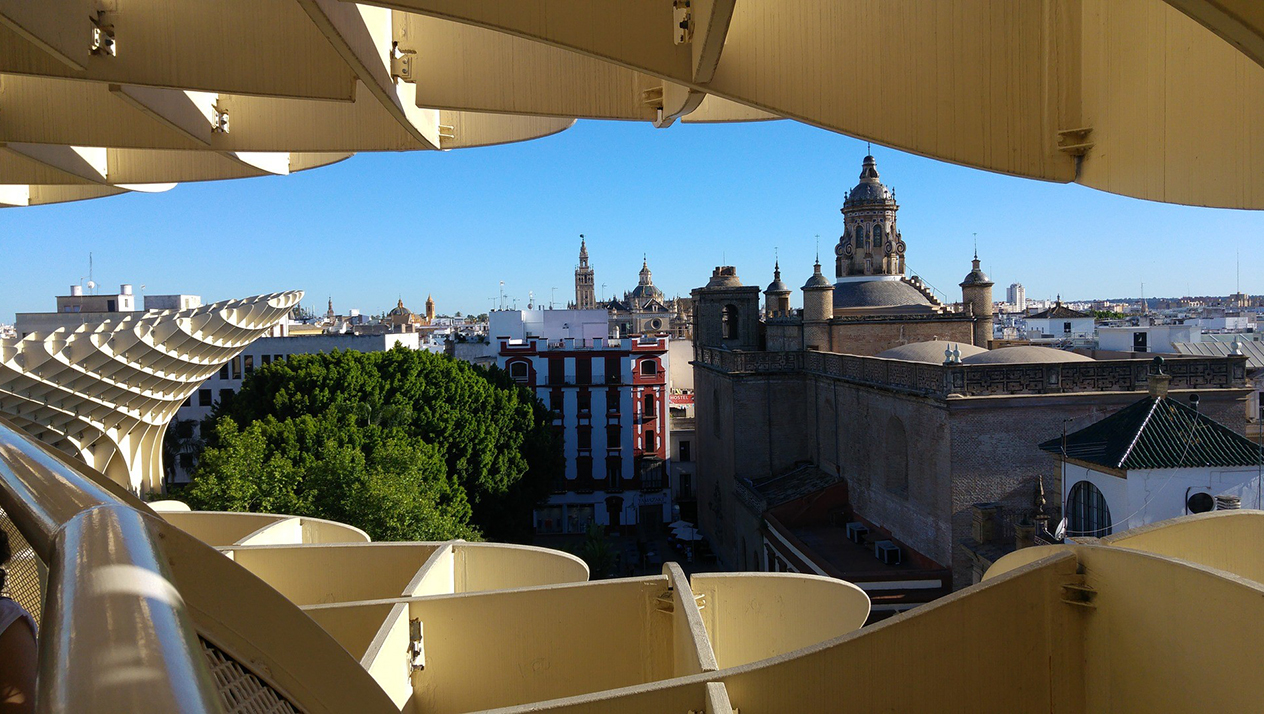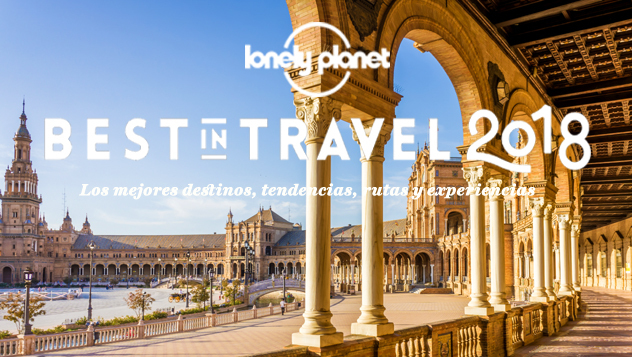If you’re going to Seville, you’ll want to make sure you see more than just the top attractions advertised on all the major travel websites. That’s why we’ve compiled a list of the things that you won’t find on your tours. Check them out and make sure you get more out of your visit than the standard tourist experience.
1
Once you’ve wandered enough around barrio de Santa Cruz, take a slight detour to get the authentic experience in Triana
Although most people choose to stay in the city centre, this historic neighbourhood is not to be missed. A vibrant old quarter in Seville, on the left side of the Guadalquivir River, this down-to-earth barrio offers you a candid glimpse of Seville that is often missed by tourists.
Despite being well connected to every part of Seville, Triana seems like a world away. Historically, Triana was a working class district of fishermen, bullfighters and gypsies, with one of the seats of the Holy Inquisition headquartered at Castillo San Jorge. Nowadays it’s known for its fiercely trianero residents, flamenco culture, tile production and several well-known bars and eateries.
With the sun lingering over the district all afternoon, be sure to pass through the Mercado de Triana (Triana Market), the Cerámica Santa Ana (Santa Ana Pottery Factory), the beautiful Iglesia de Santa Ana, (Church of Santa Ana) and the historic Callejón de la Inquisición (Inquisition Alley). The views on the terrace or the steps leading down to Calle Betis are best under the sun at midday.
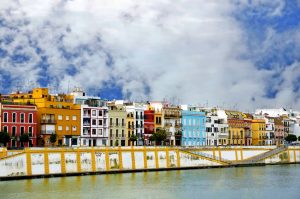
2
Eaten enough tapas? Find the secret sweet offerings made by nuns in convents.
You won’t want to skip this one. The cloistered nuns of Seville are famous for the sweet treats that they bake from centuries-old recipes. There are seven sweet-selling convents in Seville, so make sure you’re on the look out.
Convents like the inconspicuous Convent of San Leandro offer these local treasures, such as yemas, a sweet, rich delight made from egg yolk and sugar.
The convent of Santa Paula offer jellies and jams in many flavours, including floral jelly candies made from rose, jasmine and orange blossoms, handpicked from the convent garden. And if that isn’t enough, there’s mini-doughnuts and caramel cookies called alfajores mozárabes.
Also check out the sweet treats at the convents of Santa Ana, Santa Ines, San Clemente, Santa María del Socorro, and Madre de Dios.
3
Discover La Plaza del Cabildo: La plaza de España’s, hidden, lesser known alternative
Often going unperceived by tourists, this little gem requires a slight detour from the Cathedral, but it’s worth it. If you pass through a little passage at the avenida de la constitución, you’ll find this semi-circular plaza with decorated ceilings and a fountain – worth a photo. Visit when the sun’s shining or on Sundays when people gather to sell and buy collector’s items.
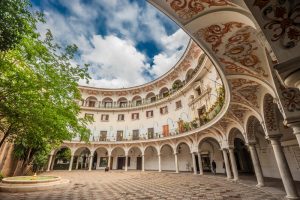
4
Don’t stop at Flamenco shows; attend one of the many up-and-coming alternative concerts
Of course, Seville is the home of the traditional Flamenco dance, but there is plenty of musical entertainment beyond that. As traditional as the Andalusian capital is, there are also many alternative groups with intimate shows around helping to diversify Seville’s deeply rooted cultural identity, so don’t miss this opportunity to compare the old with the new.
You’ll find them around Macarena and the Alfalfa, along with live music on the Alameda. Make sure you don’t miss out by checking a copy of Yuzin, a magazine with monthly cultural events around Seville and Granada.
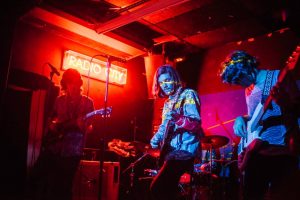
5
You’ll likely visit the Reál Alcázar, but don’t miss Casa de Pilatos – not included in usual tourist routes!
The 16th century palace and gardens epitomises the Spanish Mudejar-style architecture combined with all further additions over the Renaissance. People often miss it as it’s not within the usual tourist circuits, but the unique display of a mixture of architectural styles – Gothic to Mudejar to Italian- is worth seeing.
The lower floor viewing area is accompanied by an audio guide, and the upstairs section is a private residence that requires a guided tour. Among the highlights is the Chapel of Flagellation – the oldest in the palace, the Arab influence clearly showcased within the tiles and mosaics. Another is the staircase – the first private house to have one in Seville, its dome is a fine display of wealth.
On Wednesday there is free entry to EU Citizens – but note that it will be more crowded!
6
The Museo de Bellas Artes is a prime tourist spot, but find some of Seville’s most treasured art at Hospital de los Venerables
A former charity hospital housing priests until 1840, this museum housing a unique selection of oil paintings by Diego Velázquez, Francisco Varela and other Spanish Golden Age painters is not to miss!
It takes some finding, while close to the Cathedral and Palace, and won’t be on the main tourist routes. Tucked away in the Old Jewish Quarter, the hospital features 12 works of art in its permanent collection in a small and hushed room on the ground floor.
7
Think you’re done with the attractions in barrio Santa Cruz? Now discover its secret narrowest door!
The Santa Cruz neighbourhood is well known for its narrow streets where you can stretch out your arms to touch both sides, and fitting under an open umbrella is out of the question – but here it goes a step further.
The tiny house can be found at one of the corners of the Plaza de Santa Cruz, and is a small wonder in itself. Wedged between a restaurant and another house, an exceptionally slim door that opens into a sliver of a house demands many questions as to why, and how it exists the way it is.
It’s easily overlooked by tourists often more preoccupied with the grander attractions of the area, but make sure to go and find this gem to come up with your own explanation behind it.
